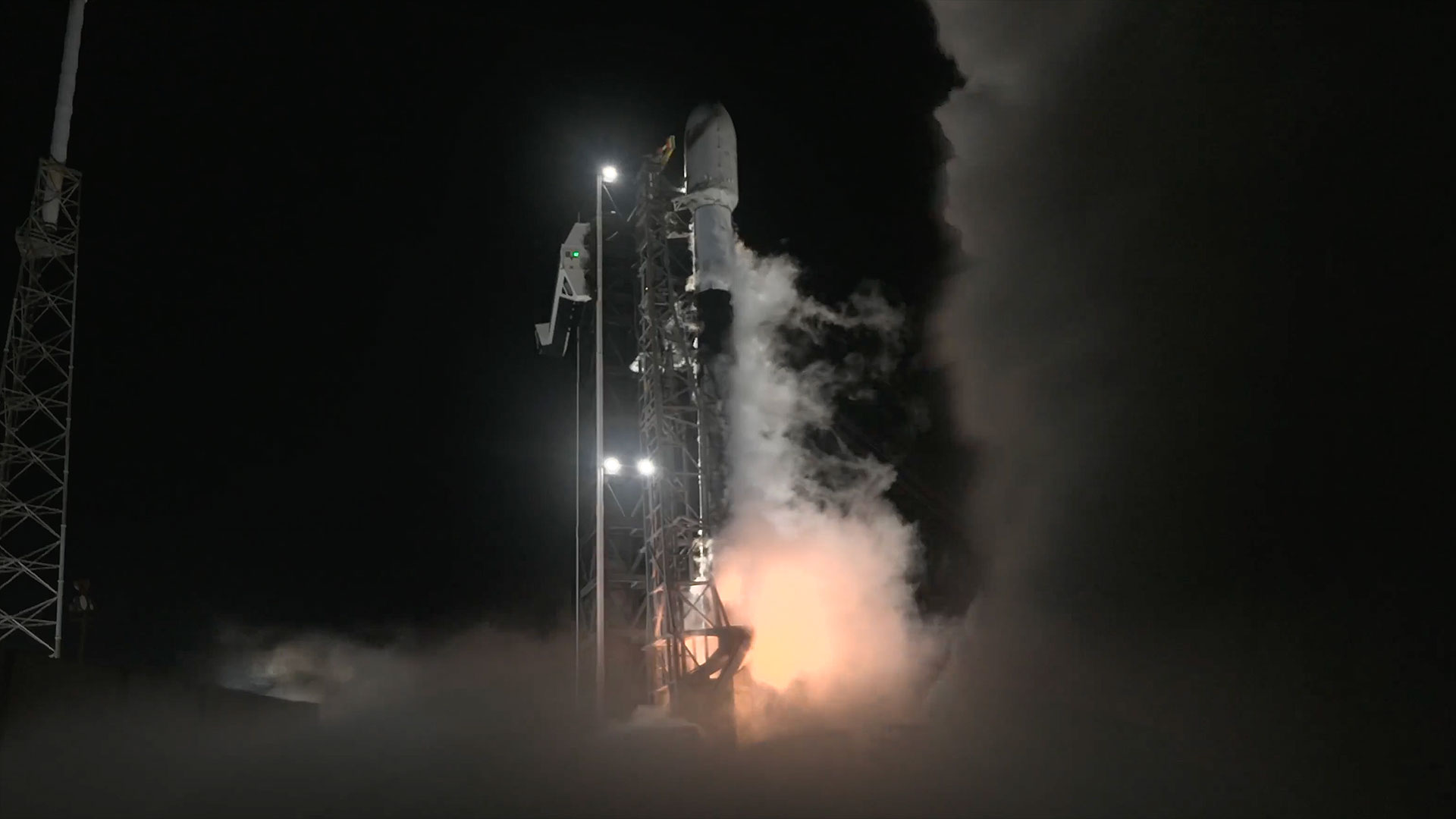Young at Heart: Pluto's Ice Only 10 Million Years Old

Pictures are still filtering back from NASA’s New Horizons close-up of Pluto last year and one of the biggest surprises so far comes from the region informally known as Sputnik Planum. There’s a lack of craters on its surface, making it a unique area on Pluto and a rare spot in the solar system — it turns out it could be very young terrain indeed.
ANALYSIS: New Horizons Gets USPS Stamp of Pluto Approval
“What I did was take the pictures that we have seen — the amazing pictures! — and calculate, based on Pluto’s orbital environment, what the impact rate and therefore the surface age of Sputnik Planum must be,” wrote planetary scientist David Trilling in an email to Discovery News.
“There have been lots of press releases describing various aspects of Sputnik Planum, but, as far as I know, this is the first time that the age estimate of 10 million years or younger appears in the peer-reviewed literature,” added Trilling, an assistant professor of physics and astronomy at Northern Arizona University.
PHOTOS: New Pluto Pics Show Beautiful, Complex World

ANALYSIS: ‘X’ Marks the Convective Spot on ‘Lava Lamp’ Pluto
Trilling’s study, which is in press at PLOS One, mentions three ways the resurfacing could take place:
Breaking space news, the latest updates on rocket launches, skywatching events and more!
- Nitrogen ice on the surface could be “relaxing” if it is viscous, getting rid of any craters created by meteroids.
- Ice on the bottom could be rising up and replacing ice at the top, somewhat like how a lava lamp works.
- The ice could be partially melted at its bottom and from time to time, erupt on to the surface as cryo-lava.
As for where the meteorites are coming from, Trilling points out that Pluto is in a zone filled with smaller Kuiper Belt objects. From time to time, these small bodies crash into Pluto. Trilling’s math shows that this happens roughly every 10 million years, which would explain why Sputnik Planum appears so young.
PHOTOS: Dive Onto Pluto’s High-Resolution Landscape
Trilling’s research is mostly focused on near-Earth asteroids, but Pluto caught his attention not only because of the “astounding” images, but also the lack of craters. He’s also hopeful that New Horizons will be funded to look at another Kuiper Belt object up close in 2018. If that happens, Trilling will be on the lookout for more “crater-free patches” to nail down more information about the solar system’s evolution.
Originally published on Discovery News.
Join our Space Forums to keep talking space on the latest missions, night sky and more! And if you have a news tip, correction or comment, let us know at: community@space.com.

Elizabeth Howell (she/her), Ph.D., was a staff writer in the spaceflight channel between 2022 and 2024 specializing in Canadian space news. She was contributing writer for Space.com for 10 years from 2012 to 2024. Elizabeth's reporting includes multiple exclusives with the White House, leading world coverage about a lost-and-found space tomato on the International Space Station, witnessing five human spaceflight launches on two continents, flying parabolic, working inside a spacesuit, and participating in a simulated Mars mission. Her latest book, "Why Am I Taller?" (ECW Press, 2022) is co-written with astronaut Dave Williams.
